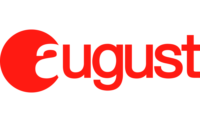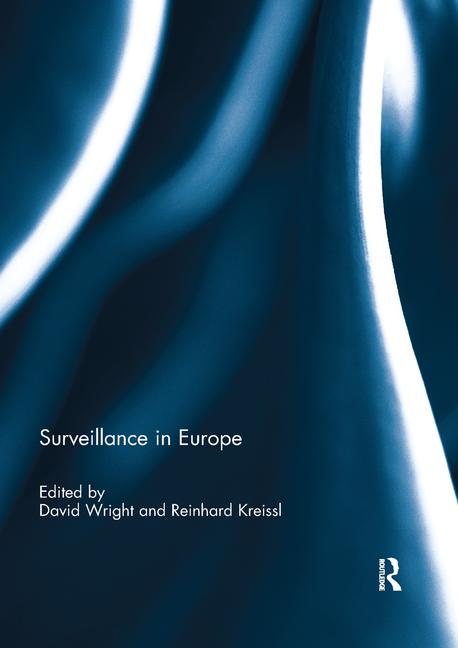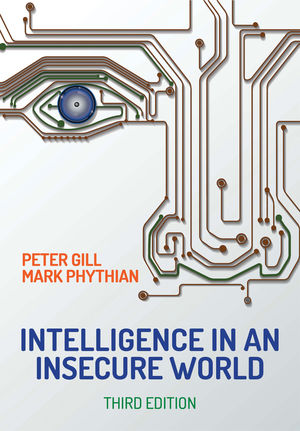My Alarm Center, a residential security and home automation provider and No. 11 on the SDM 100, secured $10 million in additional funding led by Ironwood Capital and supported by Alcentra, Saratoga Investment Corporation, NXT Capital and OFS Capital.
“While companies adopt several different strategies in order to achieve successful market penetration, including new product development and acquisitions, only My Alarm Center has achieved 15 years of consecutive growth in all areas with consistently impressive metrics,” said Roger Roche of Ironwood Capital.
The $10 million is additional second-lien debt, an increase of the $50 million second-lien term loan to $60 million, with the proceeds going to repay a portion of the company’s first-lien debt and fund growth through branch offices and recent acquisition activity.
“This additional funding comes at a time when the acquisition market has opened up with a lot more high-quality opportunities as more small businesses decide to exit given the uncertain economic and political climate, heightened competition, and increasing complexity of home security and automation products,” said Amy Kothari, president and CEO of My Alarm Center. “The current market conditions present an excellent opportunity to complete tuck-in acquisitions in our key markets, supplementing the phenomenal organic growth we are experiencing at our nine branch and satellite locations.”
In September, My Alarm Center added, through multiple acquisitions, more than 7,000 new customers in its key markets and expects the momentum to continue through the end of the year. These acquisitions and the success of its own organic growth engine brings My Alarm Center’s total customers to more than 180,000, generating more than $7.2 million in RMR, the company reported.
Since 2011, My Alarm Center has shifted its growth model from purely acquisition based to a multi-channel engine, with the majority of new sales being generated organically and acquisitions being done strategically. In 2011, less than two percent of new RMR was generated organically compared with 70 percent year-to-date.

.png?height=200&t=1645731182&width=200)




